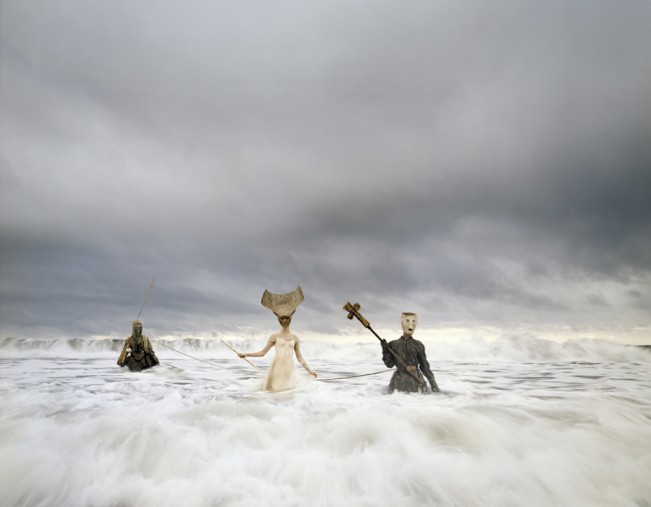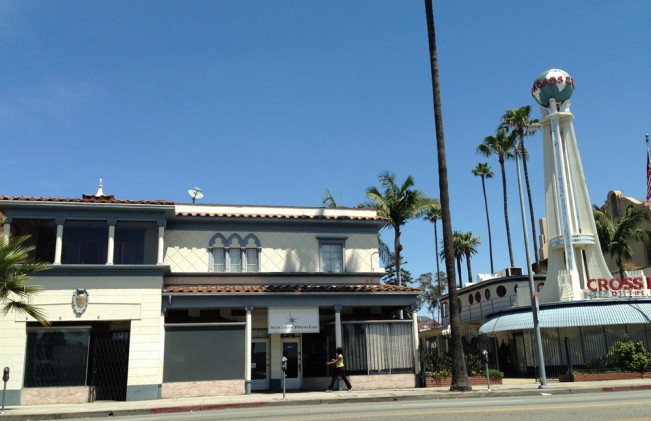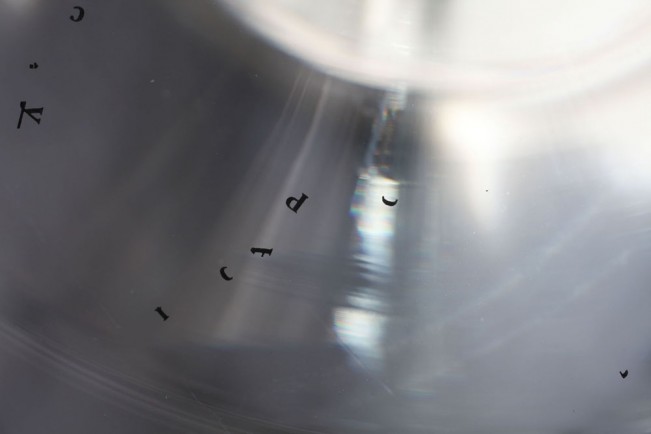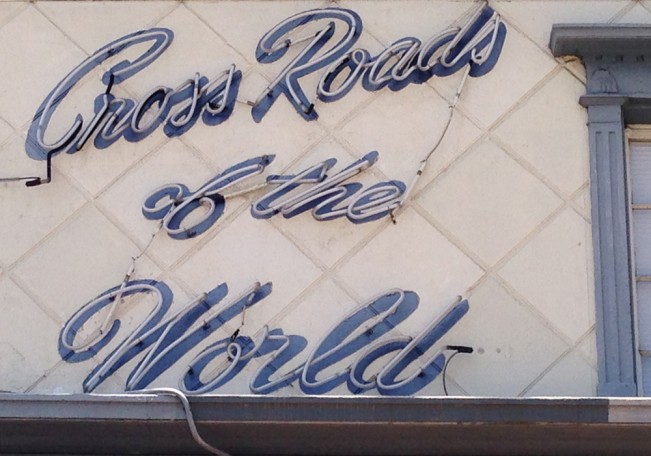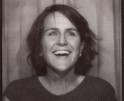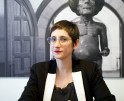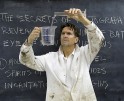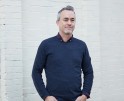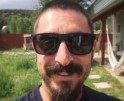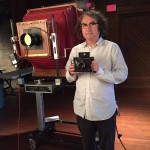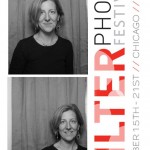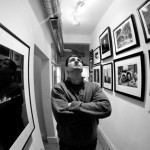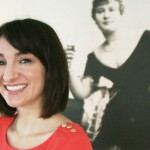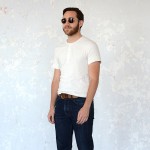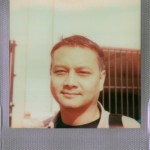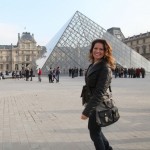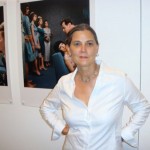The Kathleen Clark Mixtape
Kathleen Clark is a familiar presence in the Los Angeles photo community. She seemingly knows everyone with a camera, which comes from her experience as a Photo Editor of Los Angeles Magazine, the co-owner and Gallery Director of the Clark/Osin Gallery–and now the Director of Spot Photo Works in Los Angeles. She is also a curator, educator, reviewer, artist, and advocate for countless photographers.
I met Kathleen many years ago when she was working for Los Angeles Magazine and she gave me my first editorial opportunity. For an emerging photographer, it was a wonderful validation and I have never forgotten her kindness and support. Over the years, we have connected at photo events and portfolio reviews, most recently, at Review Santa Fe where she was reviewing for her newest venture, Spot Photo Works. It’s always a pleasure to experience her wisdom, sage advice, humor, and friendship. SPW breaks ground with it’s first exhibition of Dennis DeHart’s wonderful work on Aug 2 – Sept 16, 2014 and today we celebrate new beginnings and a beloved member of our photo community.
It give’s me great pleasure to present The Kathleen Clark Mixtape!
Tell us about your growing up and what brought you to photography.
Like most families, mine came with its own set of in-jokes and many of them reared their heads during my dad’s slide shows. His shot above, always got a laugh, for obvious reasons, and it was funnier each time it screened. Mostly he was an astute chronicler of the times and fashions of our family.
My mother was a great sketcher and loved to brag about getting a better grade in a college drawing class than I. My older brother was a gifted artist at a young age, and for many years I thought of art as their turf. Just recently, my younger brother has delved into photography and it turns out he has a lot to say visually.
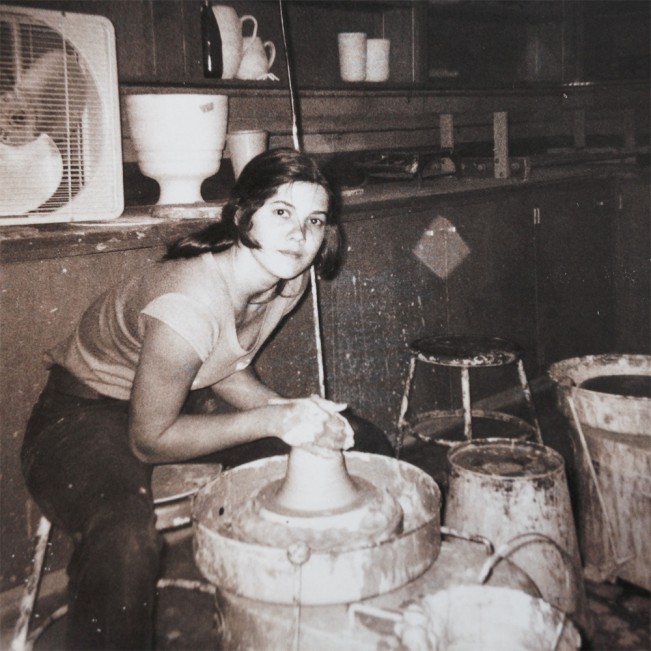
3 KC High School Ceramics At the wheel, Glendora High School 1974, Glendora, California. Photo by Peter Cate.
When I took a ceramics class in high school, something clicked for me. I concentrated on ceramics for about four years, learning the science of glazes, clay bodies and firing. While studying photography in my undergrad work at The Evergreen State College, I began to combine everything I was learning: printmaking, photography and ceramics along with learning to work in series. It occurred to me that I could silkscreen photographs directly onto porcelain boxes using matte glazes. Eventually it dawned on me to question why I was still using clay at all.
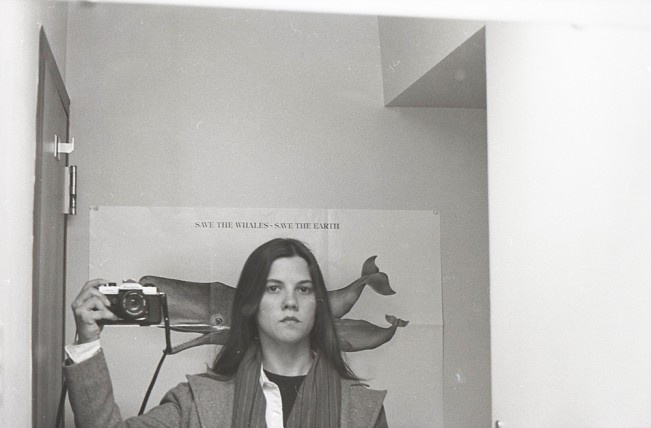
The predictable self-portrait in the dorm room mirror photo at The Evergreen State College, Olympia, Washington 1977.
I launched into photography, but still used experimental processes like image transfer, color Xerox (which was new in the late 70s), and cyanotype. It’s a wonder I’m still alive. I used to go to the local everything store (Yardbirds) in Olympia and buy jars of potassium ferricyanide right off the shelf. That, and a particle mask and toxins right down the drain – crazy. No wonder salmon are scarce. Needless to say, I’m quite fond of the capabilities of digital imagery.
I was heavily influenced by the work of Duane Michals. I loved his hand written narrative captions and sequencing and I tried out different versions of working that way. I think the gay nature of much of it escaped me at the time, but I connected to it subliminally, and I began to work more extensively in a series context around ideas of intimacy. Later in graduate school much of my work had to do with gender, identity and relationships, heartache and country music of course.
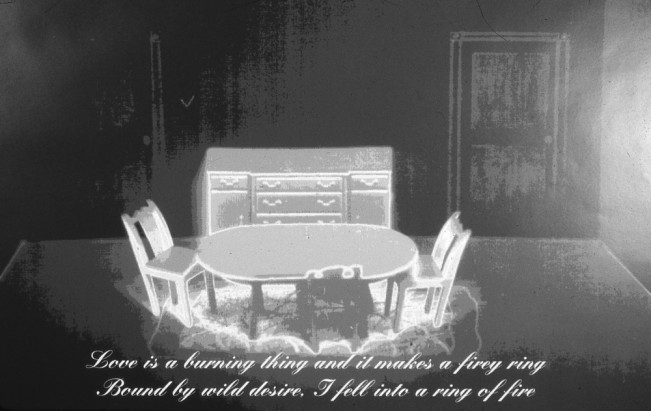
From my first graduate school show “Hot and Cold,” at UC Irvine, ©1992, Kathleen Clark. I was an early adopter of Photoshop and later taught it at USC.
I think the other factor regarding my affection for photography is that my family moved from house to house and city to city, up and down the West Coast every few years due to my father’s career. As such, I found myself staring at old photos of the houses and neighborhoods we’d left, at birthday parties, class pictures and remnants of various lives. Once entering Junior High and High School, along came Year Books and those became my way of kindling my visual recall. Moving was never easy. The new kid, at least for a time, takes on the observer role. I think that experience meshed with familial creativity and set my course.

Russell Adams and Kathleen Clark, unintentionally dressing alike in the doorway to Spot Photo Works.
What is your title and job description and tell us about a typical day?
I’m the Director of Spot Photo Works, a brand new, very small, but hopefully charming and progressive contemporary photo gallery formed with my friend Russell Adams, who owns Schulman Photo Lab in Hollywood.
I always have something of a list to get done and it often goes slightly astray trying to follow a lead on either researching artists or potential ways to spread the word. Thankfully, I make my deadlines. I still do a bit of mentoring individual photographers and that can also lead me down rabbit holes. In creating the gallery, I’ve had a lot of physical things to do, which is really fun for me, as opposed to living on the computer. With Spot, we’re functioning as lean as we can while still trying to do a great job, so we’re doing everything ourselves. Russell is printing exhibition prints. I’m hanging work – a little paint, a little polish, a little press, and a lot of writing.
I’m making creative decisions regarding exhibitions, working with and supporting artists through the process. When I find someone I want to show, I share the work with Russell and he’s like a kid in a candy store – incredibly supportive. We’ve been working together to make decisions about the physical space – painting, lighting, building walls and he’s been managing most of that burden. Since Spot Photo Works is right next door to Russell’s lab and he is a partner, the majority of work is printed in-house. It’s a restriction for some artists, a convenience for others. He’s a master printer so the work is great and since some people are not based in LA, printing here offers some ease. We’ve been working together seamlessly, which is pretty wonderful. He’s also a trooper regarding attending exhibitions by artists for whom he prints. He’s way better than I about getting out that door at night. So far, our tastes are simpatico.
What are some of your proudest achievements?
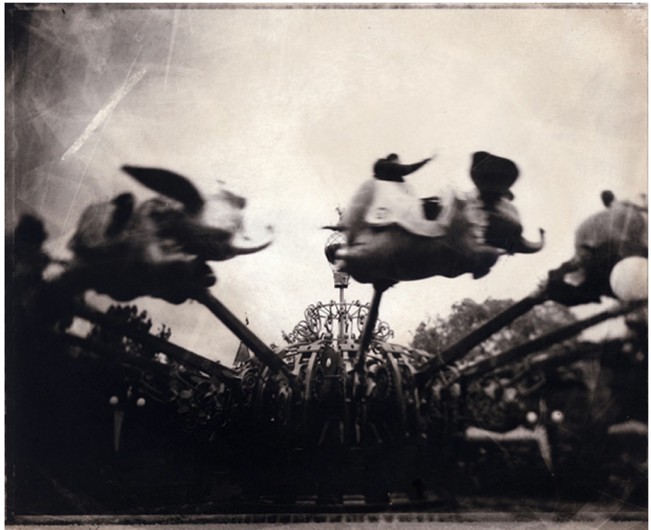
©2005, Felipe DuPouy My assignment to cover Disneyland’s 50th anniversary for Los Angeles magazine, gave Felipe DuPouy rare access to photograph the amusement park with no general public present and with the directive to imply the historical. His resulting images including “Dumbo,” created a highly successful exhibition at DeSoto Gallery.
I was an editorial Photo Editor for 15 years (Los Angeles magazine/LA Weekly) and brought some very fine photography into a very commercial platform – people like Robert Polidori, Jill Greenberg, Felipe DuPouy and Dan Winters. I made my colleague’s jobs easier and I really did some heavy lifting in protecting the rights and creative control of artists who worked for me. I’m proud of that. I couldn’t work in that industry now, I don’t think. I wouldn’t have the stomach required for all the low-balling that’s happening.
What do you look for when attending a portfolio review?
I look mostly for something that opens my eyes wide. I look for heart. I look for cohesiveness and a strong visual opinion. I look for work that finds a unique way of interpreting an idea. That’s not easy to find, so it’s not as if I’m able to show only work that achieves that goal. If the work has something to say that might make the world a better place I look for that as well. I look for people who are human and thoughtful and responsible and not pushy or arrogant.
Any advice for photographers coming to a review event?
Be open. Be warm. Be organized. Show what you have and try to bring your best. On the one hand, be willing to learn and not be rigid. On the other hand, know that not everyone on my side of the table is always good at constructive critique so steel yourselves and trust your gut if you think you’re being steered the wrong direction.
Take a deep breath and rise to the occasion. If you find an ally, even one who isn’t directly able to offer an exhibition, a book, or a freelance job – try to maintain something of a connection. I often extend leads to artists, even years after a review. I’m sure there are some others who operate similarly.
Keep in mind, review events are not the only ways to pursue exhibitions. Obviously reviews are a fairly new construct and can be very useful, but they aren’t the only routes. If your work is outstanding and it’s put in front of people who might appreciate it, they will do everything they can to make an opportunity happen if space is available. They won’t just wait to see people at reviews. I research constantly. I can’t keep track of the ridiculous number of art photographers now in pursuit of exhibition opportunities. But I like finding people off the path when I can and directly approaching them.
I’ve heard several gallery people say that while they’ll field pitches, they just may not have time to respond and certainly have too many people already on their dance cards. That doesn’t mean they don’t look at proposals that come their way. Historically, I try to get back to people one way or the other. I’ve had gaps, but I try.
What is something unexpected that we don’t know about you?
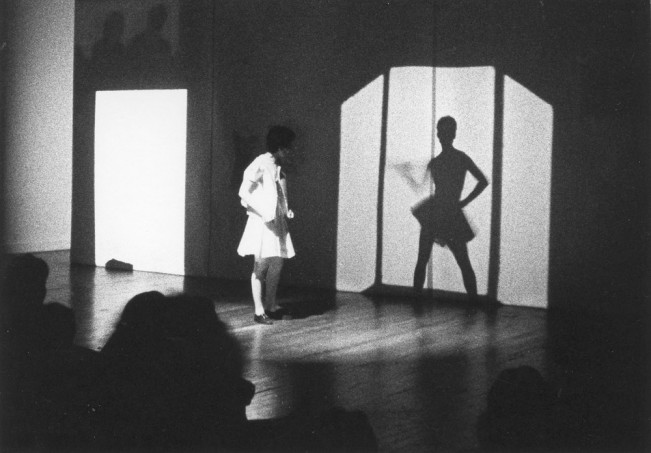
Char Breshgold (left) and Kathleen Clark (dancing), in a scene from Shopping in America by The Girl Artists, PCVA, Portland, Oregon, 1983. The other members of the collaborative were Lisa Siegel, Cristina DeGennaro and Susan Martin.
I spent 8 years in the 1980s as a performance and installation artist in Portland, Oregon, collaborating with some wonderful friends who can still fill a room with pee-your-pants laughter. We called ourselves The Girl Artists, named affectionately after Lois Lane, The Girl Reporter. It was a way to reclaim our right to the word “girl” without it meaning something less-than.
We made a number of elaborate works with tongue-in-cheek titles like Split Shift Café, TV Guidance, The Matrons of the Arts, Free Portraits, Shopping in America, Souvenirs (From A Planet Worth Saving), and Domestic Intrigue. We shared a feminist/social activist perspective and prided ourselves in avoiding dogma with an epic sense of humor, fun visuals and complex audio recordings. Our work took us to some wonderful venues including COCA in Seattle, the Portland Art Museum, LACE in Los Angeles, Southern Exposure in San Francisco and we were one of only a couple of local acts that performed at the once wonderful Portland Center for the Visual Arts, where Blue Sky Gallery had an adjoining space. We actually had fans in four cities!
We all had day-jobs to support ourselves, but we formed the group as a non-profit 501c3 arts organization, so everything we earned went into sustaining the work. I learned to write grants after college and we won many of them from both the Seattle and Oregon Arts Commissions and Portland’s Metropolitan Arts Commission. Realizing we’d had enough after completing Domestic Intrigue, on a hard-won NEA New Genres grant, we moved on in different directions.
I’m pretty proud of that work and the in-jokes were endless.
And since this is a Mix tape, what is your favorite song, band, and do you dance?
No favorites. I have broad tastes. I probably listen to R&B more than anything – old school like Aretha, Al Green and Stevie Wonder, but also newer artists like Janelle Monae, Raphael Saadiq, and Sharon Jones & The Dap Kings. Three generations of my family fell in love with Linda Ronstadt and Emmy Lou Harris so Americana is in there, in my personal songbook with a million other things. I also love salsa and jazz – Omara Portuondo, Diana Krall, Ella, Charlie Hayden. I’m married to a jazz musician, who seems to think I have a good ear but my Mom used to say “Are you still listening to that whiny Jackson Brown?” and “That Joni Mitchell can sure go on!”
Ironically, I’ve gotten some of my best ideas watching and listening to opera. That’s a ringer I know, but I’m crazy for set design and great voices. Sadly, I get narcoleptic at live classical performances. Out like a light. It’s really embarrassing. I went a few times to hear music at Disney Hall, but there’s just no way to hide it. The head starts bobbing and I’m doomed.
Dance wise. Yes (see the previous photo). As I get older I’m more or less reduced to spazzing during TV commercials for an audience of one, but I used to have a bit of a reputation in some circles. In college, my friend the cartoonist, Lynda J. Barry said I was the only white girl she knew who could dance. Coincidentally, she was the other one. Ah youth!
And now, Kathleen takes over the turn tables and shares what’s new in her world….
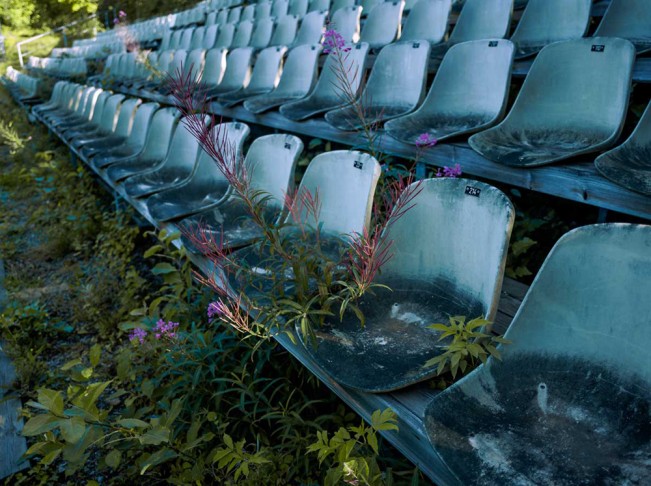
Dennis DeHart’s Tampere Seating © 2014
What’s coming to Spot Photo Works:
Spot Photo Works will open with the work of Dennis DeHart (Aug 2 – Sept 16), who heads Photography in the Department of Art at Washington State University. He’ll be showing his series “Concentrate to the Quiet” shot while in residency at the Voipaala Art Center in Finland. I didn’t meet Dennis while we were both at Fotofest this spring, but the fact that he was there, made me more aware of his work. He also has a beautiful ongoing series called “Confluences” about the Columbia River basin, which speaks strongly to my history as a North Westerner.
Our second exhibition is an artist who has quietly printed her images with Russell Adams but is only just now beginning to exhibit the work. Victory Tischler-Blue makes extraordinary photographs of the Southwestern desert and it’s raw-boned inhabitants. Her work illustrates the fine line between life and ruin in a harsh landscape created by nature and re-built by dreamers and outcasts and fueled by the expansive reach of the automobile. For several decades she’s made a career as a director, writer and producer for Film and Television. She achieved great success with her Showtime released documentary “Edgeplay: A film about The Runaways,” the famed all-girl rock band for which she was a member from age 17-19. Dates for Victory Tischler-Blue’s exhibition are Sept 20 – Nov 11, 2014.
Chris Anthony’s “Seas Without A Shore,” informed by the prose and imagery of Edgar Allen Poe, round out this year’s exhibitions Nov 15 – Jan 12. Part mystic, part conjurer, vaudeville ringmaster and antique portraitist, Anthony is a rare animal. His ability to set both simple and elaborate stages create elegant enigmas throughout his work allowing the viewer to witness something of a different reality while exploring themes of solitude, hope and survival.
I’m in talks with a handful of other people, but just don’t have the running order quite right enough for public consumption.
Spot’s origins feel a little like the old Mickey Rooney quote: “Hey, let’s put on a show!” Of course, it’s not so simple, but that’s roughly how Russell Adams and I came to the idea of creating the gallery.
Russell’s lab still sports the name Schulman Photo Lab, after its former owner, a man Russell interned for nearly thirty years ago. When Mr. Schulman sold the lab in 1991, Russell was the proud buyer. Since then he’s run an excellent boutique analog darkroom and digital lab specializing in fine art exhibition printing as well as printing and drum scanning for photographic book projects.
When I stopped by Schulman to pick up some prints of my own on a sunny day in March, several things were true. I’d pretty much given up on the efficacy of having a gallery of my own. I’d just come from a meeting where I pitched the notion of producing a handful of photographic exhibitions in a public forum in the coming year. Lastly, I’d finally worked up the nerve to show a few colleagues some of my own new images. Having begun at last, to build several bodies of work, my first since leaving art for editorial in 1993.
After looking at the gorgeous print work, Russell asked me to come see the new storefront he’d leased next door to the lab. As we walked into the cute shoebox of a space with a bay window seat onto Sunset Boulevard, he said casually “I’m not going to be using the front half of the shop, why don’t you hang some shows in here?” My first thought was “Really?” and “Of course!” My second thought was “Wow it’s little.” The happy accident is that I had been thinking in early January that I would love to find a tiny exhibition space in an interesting location, something small enough to stay solvent. At the time, I actually dreamt the words “Small Wonders.” Just two months later the idea of a small wonder translated itself into the beginnings of Spot Photo Works.
I’m sure Russell was thinking of it all pretty loosely, but I was heading off to review portfolios at Fotofest anyway and I began to brew on the idea. I thought it would only be worth doing for both artists and us if we really tried to do it right. About three years ago Jill Greenberg told me I needed to open a new space in LA, though I’m sure she had something in mind a bit larger than Spot. We’re opening with roughly 180 square feet and expanding to close to a whopping 300 square feet with our second exhibition in late September. Hence the name Spot Photo Works. I didn’t think we could use a name like Jumbo, without a good deal of irony.
Once we had a handshake deal we brought our skill sets together. I’ve organized and produced a lot of events from film festivals to magazine shoots to lecture series and performance events, including for my own work. I’ve also mounted photo exhibitions at a variety of locations including the former Clark|Oshin Gallery, Leica Gallery Los Angeles and Month of Photography LA, exhibiting such artists as Jill Greenberg, Dan Winters, Hugh Kretschmer, Marjorie Salvaterra, David Strick, and Gregg Segal among others.
I got my MFA from UC Irvine in the early 1990s, at the time many of the Cal Arts faculty relocated to UCI. Catherine Lord left her photo department chair at Cal Arts to serve as Dean of the Department of Art and surrounded herself with an edgy avant-garde of largely activist artists including Connie Samaras, Daniel J. Martinez, Pat Ward Williams and Anne Walsh. She brought in people like Coco Fusco and Barbara Kruger and Lari Pittman to run quarter long upper-division classes.
I had a lot of opportunities to be a teaching assistant in a range of classes: museum problems, installations, performance art, video editing, some sort of visual fundamentals class and oddly, not photography. My friend and studio mate at the old Woman’s Building studios (near the railyard in LA), Catherine Opie, designed and built the UC Irvine darkrooms and I’ll be forever grateful for her beautiful black and white mural room that was mostly used only be me for a few years. It was the last time I’ll probably ever get to use a giant remote controlled enlarger on a train track to project on the wall. Fantastic! There were just 10 or 12 grad students – all really interesting and talented people, and aside from the retched commute from LA, it was an exciting little hub.
So enough about me. Spot Photo Works welcomes you to stop by if you’re in Los Angeles. We’re smack in the middle of Hollywood at 6769 Sunset Boulevard in a quintessential L.A. location at Crossroads of the World. Where else could the first outdoors shopping mall in America be commissioned by a land-owning widow of a prohibition era mobster who was gunned down by a City Prosecutor and candidate for Judge? It’s not Chinatown Jack, it’s Hollywood. Hollywood’s cleaned up a lot since the 1930s, but thankfully they didn’t sweep the well-preserved mix of streamline modern, English Tudor, Moroccan and Spanish architecture that comprises the Crossroads of the World complex of which Spot is a member. It’s a gem and we hope to be able to say that about Spot as well.Than you, Kathleen, for all you do for photography!
Posts on Lenscratch may not be reproduced without the permission of the Lenscratch staff and the photographer.
Recommended
-
The Christy Karpinski MixtapeDecember 2nd, 2023
-
The Rotem Rozental MixtapeJanuary 27th, 2023
-
The Brian Taylor MixtapeJune 14th, 2019
-
The David Rosenberg MixtapeMay 3rd, 2019
-
The Jonathan Blaustein MixtapeJuly 20th, 2018

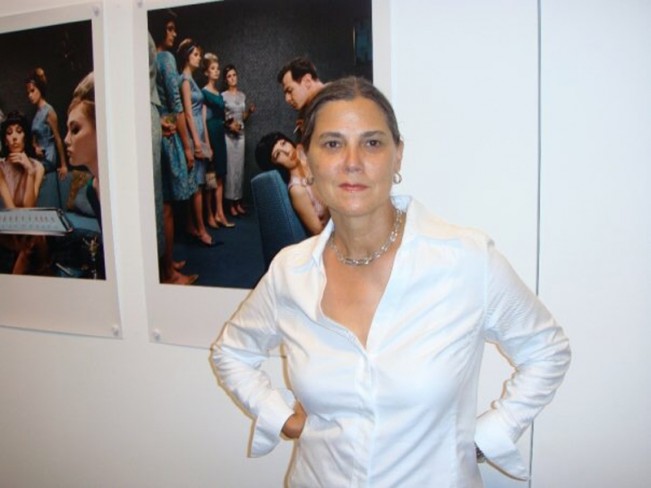

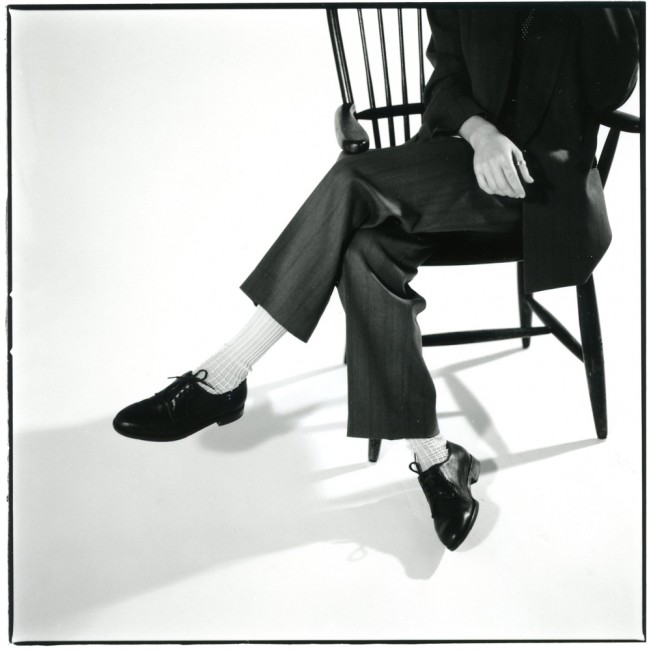
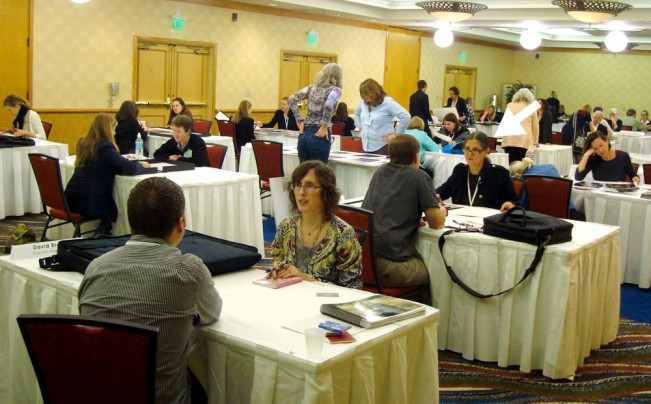
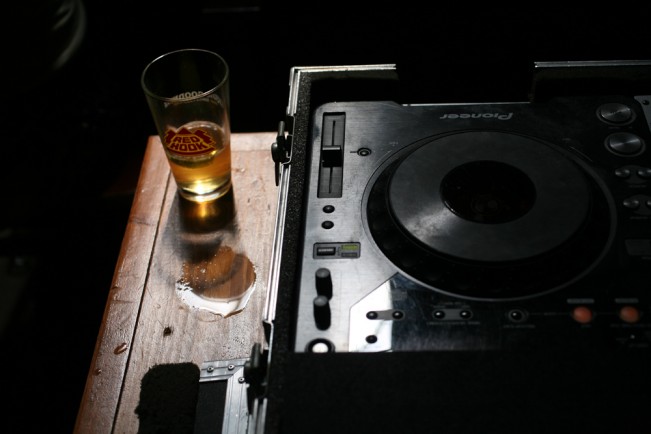
![13 Victory Tischler-Blue Rice Gas [SPEED OF LIGHT]](http://lenscratch.com/wp-content/uploads/2014/07/13-Victory-Tischler-Blue-Rice-Gas-SPEED-OF-LIGHT-651x455.jpg)
